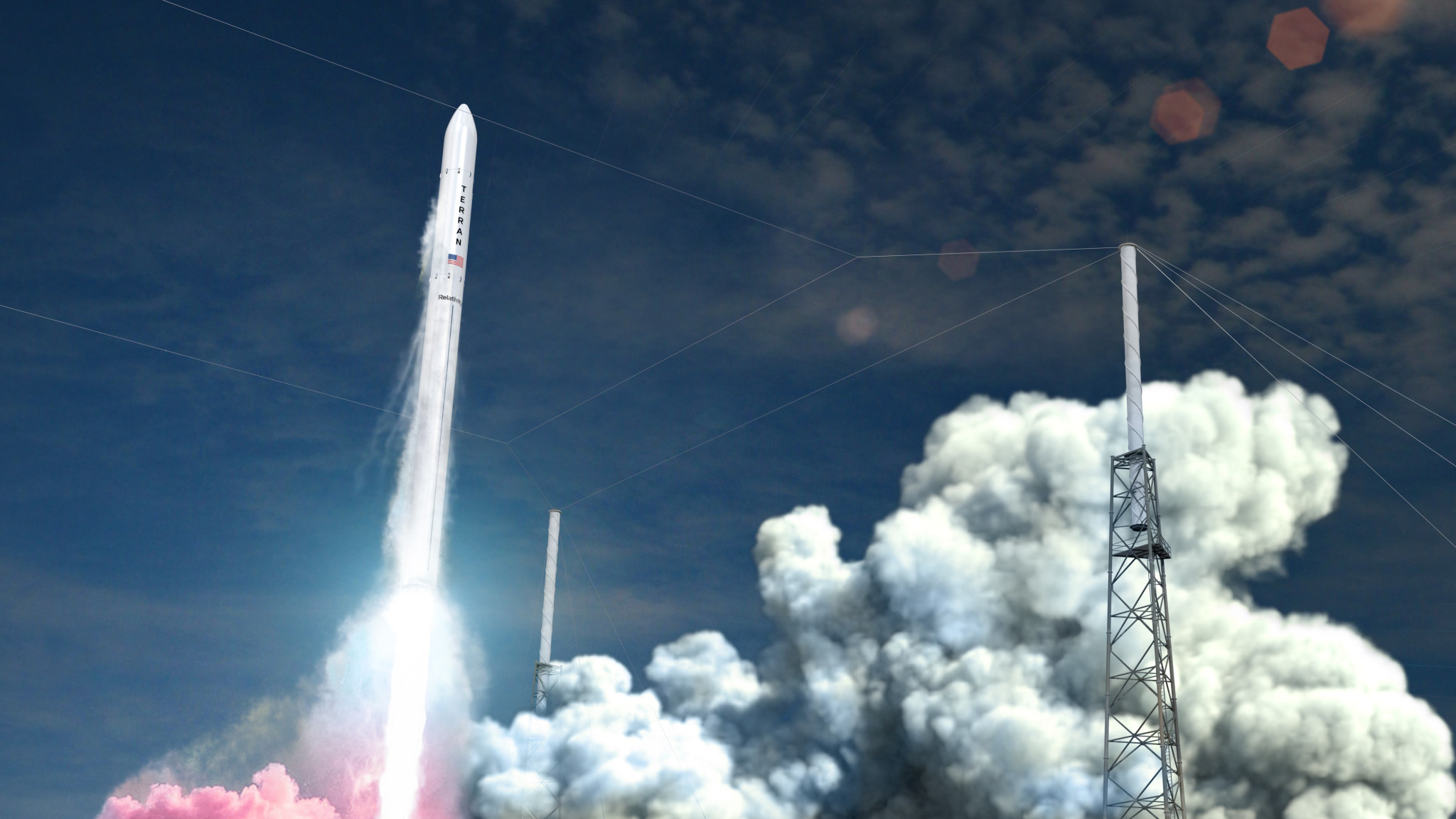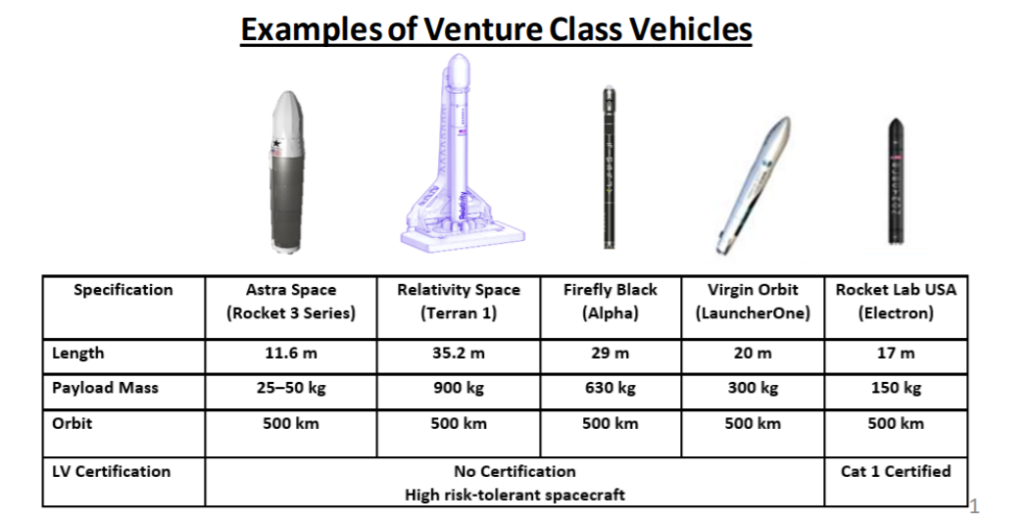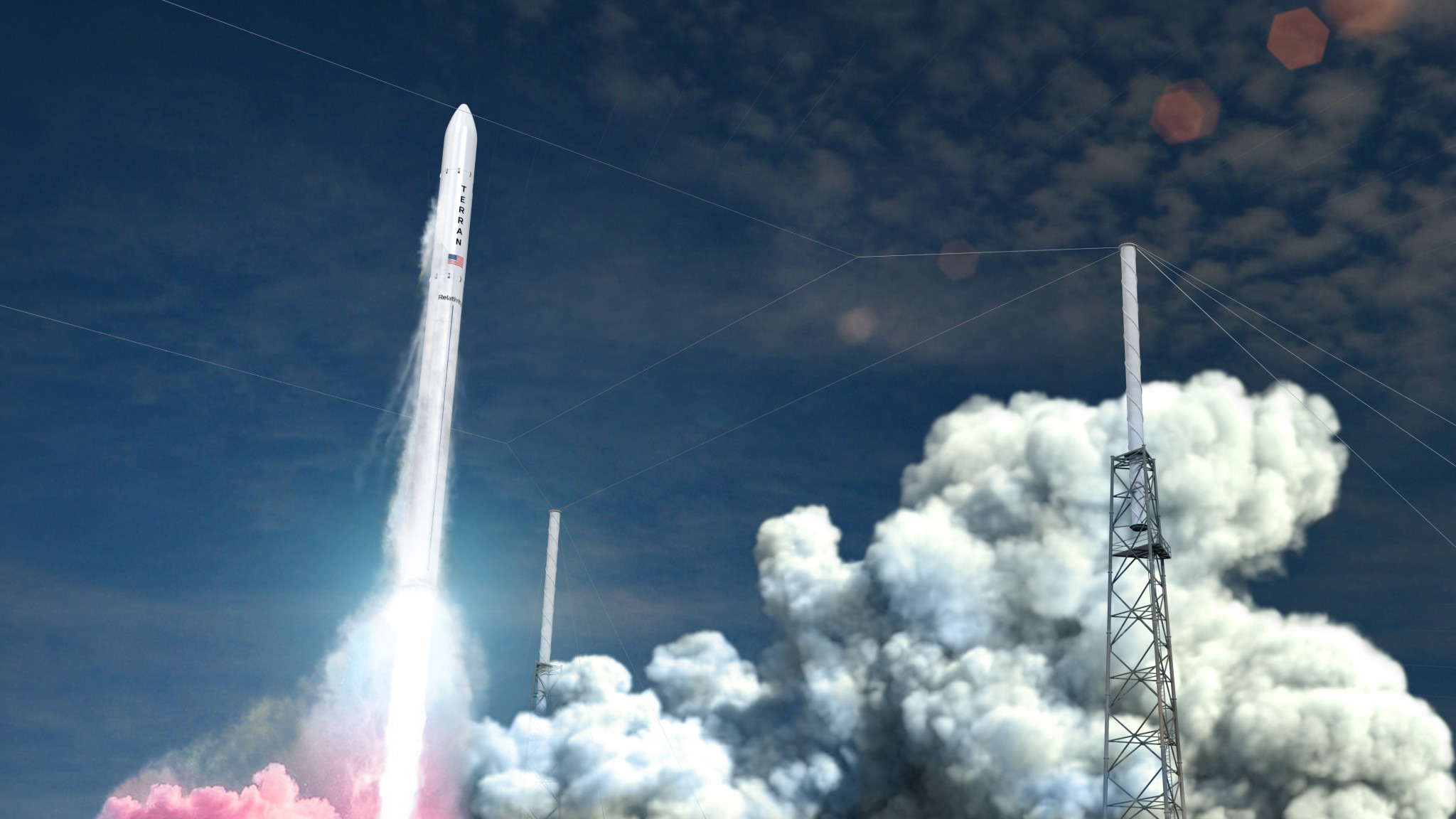
NASA Awards Relativity Space, Rocket Lab, & More For VADR Missions
Over time we have seen NASA work with different private space companies across the country to help with a large variety of things. More recently the agency is working with more and more companies for everything including general launch services, Moon missions, and more. Just a few days prior NASA announced another big contract given out to 12 different companies.
On January 26th NASA announced they selected 12 space companies to provide venture class launch services for the agency. These twelve companies include Relativity Space, Rocket Lab, Blue Origin, Astra, Northrop Grumman, and more. All of them received a contract with a five-year ordering period with a maximum total value of $300 million. In addition, this contract helps enable different companies to submit proposals introducing launch services and more.
NASA working with private companies is a great step towards better access to space, innovation, and more. The agency has access to a large amount of funding that can make a significant impact on the success of different small and even big space companies. These same partnerships helped launch American Astronauts on an American rocket once again for the first time in nearly a decade.
Who Was Picked?

In total there were twelve different companies picked. These companies included ABL Space Systems, Astra, Blue Origin, L2 Solutions, Northrop Grumman, Phantom Space Corporation, Relativity Space, Rocket Lab, Spaceflight Inc, Space Exploration Technologies, United Launch Services, and Virgin Orbit. Yesterday on the 27th Relativity Space tweeted “We’re excited to share that Relativity has been selected by #NASA as one of 12 companies to provide launch services for the agency’s Venture-Class Acquisition of Dedicated and Rideshare (VADR) missions.” They included an article highlighting the purpose and opportunity of the mission and what that means for the company. In addition, Rocket Lab tweeted saying “EXCITING NEWS! We’re proud to be selected by @NASA_LSP to provide launch services as part of the agency’s VADR missions. These launches will support a wide range of NASA science and technology missions. We’re thrilled to once again support NASA by providing a bridge to space.” It’s easy to see from both these tweets the excitement provided by these contracts. With a maximum total value across all contracts of $300 million, it provides each company involved with a great opportunity to develop, manufacture, and work alongside NASA.
Contract Overview

Now that we know the companies involved and some of their reactions, what are the general details about this contract? VADR stands for Venture-Class Acquisition of Dedicated and Rideshare missions. Its meant to provide new opportunities for science and technology payloads and foster a growing U.S. commercial launch market. We can first take a closer look at what they mean by venture class. Venture Class embraces a commercial approach that provides NASA with a new class of launch vehicles. Specifically, the Venture Class of launch services enables and provides unique launch capabilities and opportunities for Class D or higher risk tolerant payloads at a lower price than NLS launch services. Venture Class developed, and now implements, a modified technical oversight approach to use a lower level of mission assurance and more commercial practices to achieve lower launch costs through FAA licensed launches.
NASA points out that the fixed-price indefinite-delivery or indefinite-quantity contracts have a five-year ordering period with a maximum total value of $300 million across all contracts. The acquisition also includes a special on-ramp provision to enable additional providers and incumbents to submit proposals introducing launch services for new capabilities not available or identified at the time of the initial contract award. Bradley Smith, the director of launch services at NASA Headquarters said, “We are incredibly excited to announce the awardees for VADR from a broad range of established and emerging launch providers and launch service aggregators and brokers.” He went on to say “This speaks to our expertise in understanding the launch market as we crafted VADR to maximize our efforts in enabling a growing U.S launch industry. With this new tool in our toolbox, these tremendously flexible contracts will meet a wide variety of NASA science and technology needs, further enhancing the agency’s Launch Services Program’s reputation as Earth’s bridge to space.
Before taking a closer look at these contracts, it’s important to look at NASA’s contracting history and future. In 2015, the Venture Class Launch Services or VCLS demonstration contracts studied the risks of selecting new, small Launch Vehicles (LVs) before they had flown and determined that these new LVs could deliver NASA payloads at a fixed price. One-off, stand-alone contracts such as the CAPSTONE and TROPICS contracts were awarded as the market developed to service customers. Demonstration contracts like VCLS Demo 2 will continue to understand the new US launch suppliers using CSLI payloads. In the future, the VADR Launch Services offer a 5-year IDIQ contract, which will create structure for a broader array of NASA customers.
Looking back at the current contract offer, NASA highlights some examples of venture class launch vehicles. This includes Astra Space’s Rocket 3 Series, Relativity’s Terran 1, Firefly’s Alpha, Virgin Orbit’s Launcher One, and Rocket Lab’s Electron. The VADR contract will provide a broad range of Federal Aviation Administration-licensed commercial launch services capable of delivering payloads ranging from CubeSats to Class D missions to a variety of orbits. These small satellites and Class D payloads tolerate relatively high risk and serve as an ideal platform for technical and architecture innovation, contributing to NASA’s science research and technology development. As mentioned prior, the VADR acquisition builds on previous procurement efforts such as the Venture Class Launch Services and VCLS Demo 2 contracts, which are fostering the development of new, small launch vehicles for NASA payloads. Firm-fixed-price task orders will be issued to provide the launch services under these contracts for NASA and NASA-sponsored missions.
Launches under the VADR contract will align with commercial practices, using less NASA oversight to achieve lower launch costs. NASA’s Launch Services Program at the agency’s Kennedy Space Center in Florida will manage the VADR contracts. The agency works with private industry, mission, and international partners to launch science payloads ranging from small satellites with colleges and universities to NASA’s highest priority missions. No matter how big or small the companies picked are, this presents a great opportunity for the future of all of them. It also will be a great opportunity for the general space industry as well. Each company will continue to develop, manufacture, test, launch, and innovate current and future launch vehicles. NASA’s help will contribute to speeding up and helping fund different processes such as these. This will likely help lower the cost to access space and increase the number of launches happening.
Conclusion
Just a few days ago, NASA picked twelve different companies to receive a unique contract. Specifically, these companies were selected for VADR missions meant to provide new opportunities for science and technology payloads and foster a growing U.S. commercial launch market. Ranging from big to small, each company will be able to benefit significantly from this opportunity. In addition, NASA will have access to a large list of different launch providers in the future. We will have to wait and see what each company does with the money provided and the impact it has on the future of the space industry.
